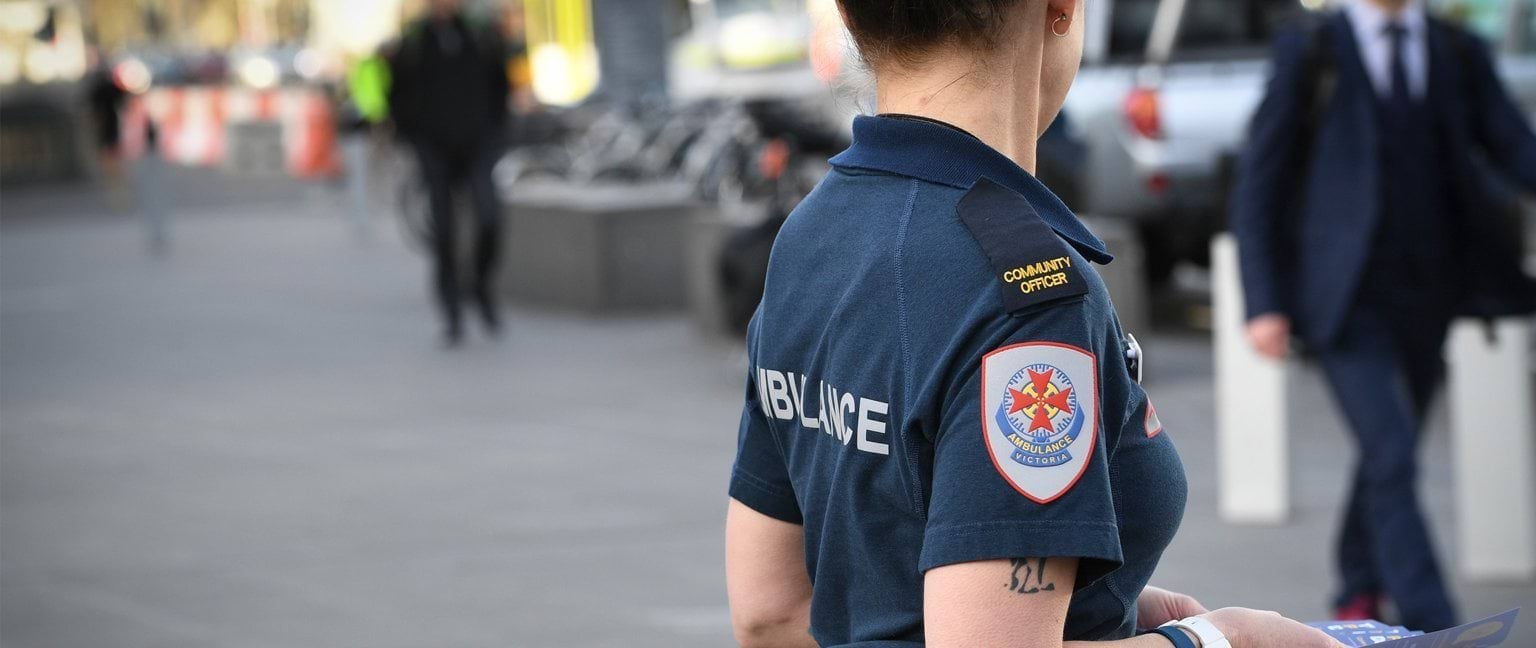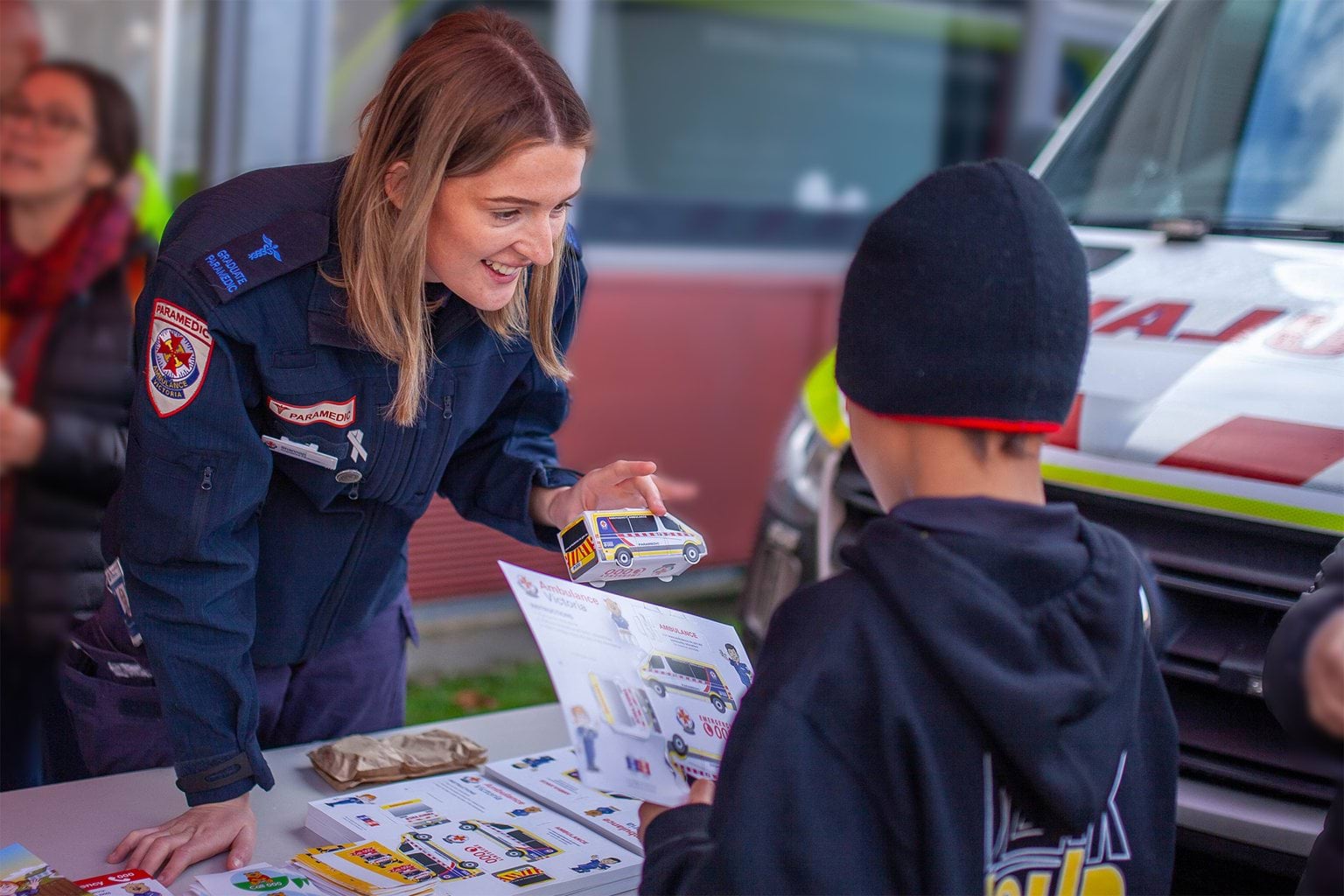If you require an emergency ambulance call Triple Zero (000).
When should you call an ambulance?
Call Triple Zero (000) if you or someone you’re with needs urgent medical help.
If it’s not an emergency, consider non-emergency services.
You should call Triple Zero (000) if you or someone you’re with is experiencing:
- major trauma as a result of a car crash
- chest pain
- signs of a stroke
- a seizure
- uncontrolled bleeding
- physical assault causing severe injury
- severe burns.
Help save ambulances for emergencies
We’re seeing increased pressure on ambulance resources and emergency departments with seasonal illness like flu on the rise.
When emergency departments are busy, beds are allocated to patients with life-threatening emergencies. Other patients go into the waiting room, and you can expect a delay.
Calling an ambulance will not help you get seen quicker.
If you need urgent healthcare now, but it's not life-threatening, you can get help from other healthcare services.
What happens when you call Triple Zero (000)?
The call-taker will ask you if you need police, fire or ambulance.
If you need an ambulance your call-taker will ask, “where do you need an ambulance?” This is the most important piece of information.
The call-taker will check the address by asking for the nearest cross street or a well-known landmark.
You will then be asked “what is your emergency?” Once the call-taker knows where and what the emergency is, they will send help.
The call-taker will continue to ask more questions to get as much information as possible. This will not delay an emergency response.

Non-emergency services
Help for when you need urgent healthcare but it's not life-threatening and you can't wait to see your GP.

Translated resources
Resources are available in multiple languages to help everyone understand important health information.
Updated
